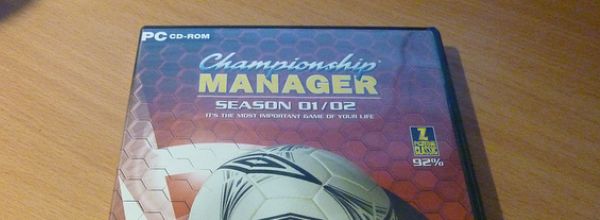Organizing your lab book is easy to put off as it never seems quite as important as splitting your cells or running that gel.
I’m sure, like me, you’ve said to yourself it’s fine if I leave it for a day or maybe even a week, as I’ve got all my notes to work from. However, it’s easy for that to turn into a month or more and, before you know it, you’re sitting with a pile of scribbled notes on odd bits of paper and tissue trying to figure out just how you did that experiment 6 weeks ago.
After having to spend more than a day working as a detective to piece my last few months of lab life back together, I got my act together and forced myself into a good lab book routine.
Top 10 Tips for Organizing Your Lab Book
If you too are struggling to decipher your sticky notes, see my top tips for organizing your lab book once and for all!
1. Set Aside Time Each Day
If there is one key rule to organizing your lab book – this is it! It may not be the most fun thing to do after a long day in the lab, but all you need is 10 minutes a day and your lab book will practically write itself. The bonus is once you’re in the routine, you’ll hardly even think of it as a chore.
2. Keep a Notepad on Your Bench
Use it to note things in a rush, but remember to date the page. This way if you do miss a day you’ll be able to flick back to your notebook and find all the details you need without having to hunt for the tissue you scribbled on 2 days ago.
You could even use a full page diary – so you don’t even have to date the pages yourself!
3. Use Templates
I used to have all my protocols typed up and before each experiment, I’d print one out. It meant that I always knew what I was doing and I could note down any changes directly onto the protocol. At the end of the day, all I needed to do was cut and paste it into my lab book. This saved me a ton of time and I got to feel like a little kid doing arts and crafts.
4. Number Your Pages
The lab books we were supplied with were simple hardback notepads and came without any sort of page numbers. My lab mates thought I was crazy spending time numbering each page, especially since I wrote the numbers in green pen (a sign of madness according to my supervisor), but it saved so much time simply being able to say ‘see page x for more details’.
5. Have a Set Structure
And make sure you include aims and backgrounds!
While it may seem overly formal to start your entries with such a preamble, it will help you immensely when it comes to writing up your work as a paper or in your thesis. It will also help keep your mind focused on the bigger picture of your project and ensure that you understand why you’re doing that experiment.
6. Include More Detail than You Think You Need
I learned this the hard way: every time I missed out a small detail that I thought I’d always remember, it would be the one thing I needed when I looked back. One of the best ways to make sure you don’t forget anything is to think of your lab book as an instruction manual that someone would be able to follow without requiring translation.
At the end of the day, this is exactly what your lab book is for: to ensure that once you’ve left the lab someone else can come along and replicate your results.
7. Don’t Forget the Results
While you need to know the details of how you did the experiments, you also need to know the outcome – after all, it’s the whole point of doing the work!
Many results can be either written or cut and pasted into your lab book; however, some results (such as dried gels and X-ray films) are a bit more tricky and you may not want to stick these down. For such instances, I pop the results into a folder in poly pockets and stick a label with the date and page number of my lab book on it.
This way I can find both my results and how I got them with minimal effort. This goes for digital files too – include the date and the page number in the file name and you’ll save time when hunting down the details.
8. Make Notes of Anything Unusual
Did your sample look different from normal or was the machine you were using behaving in a strange way? While it may seem bordering on obsessive to keep track of such details, this information may be key to understanding peculiar results or troubleshooting failed experiments.
9. Remember Your Lab Book Is an Official Document
The lab book is not your property but belongs to the university or organization for which you work and therefore should be professional. Leave out any personal comments and musings, you can always keep your own informal thought book for such information. One way to keep it professional is to get your lab book checked by your supervisor, at least in the beginning, to see if what you’re doing is up to the level they expect.
During the first few months of my PhD, my supervisor would insist that he check over my lab book once a week; I found his comments and suggestions for improving my entries extremely helpful.
10. Go Digital
Digital lab books are becoming all the rage because of the ability to access methods and results from any location, plus the benefit of not having to concentrate on making your notes legible to anyone other than yourself. It also provides a simple way to share information with lab mates.
I hope these tips help you create and maintain a well-ordered lab book in a relatively painless way.
Do you have any other handy hints for organizing your lab book?
Originally published November 27, 2013. Reviewed and updated on January 20, 2021.






